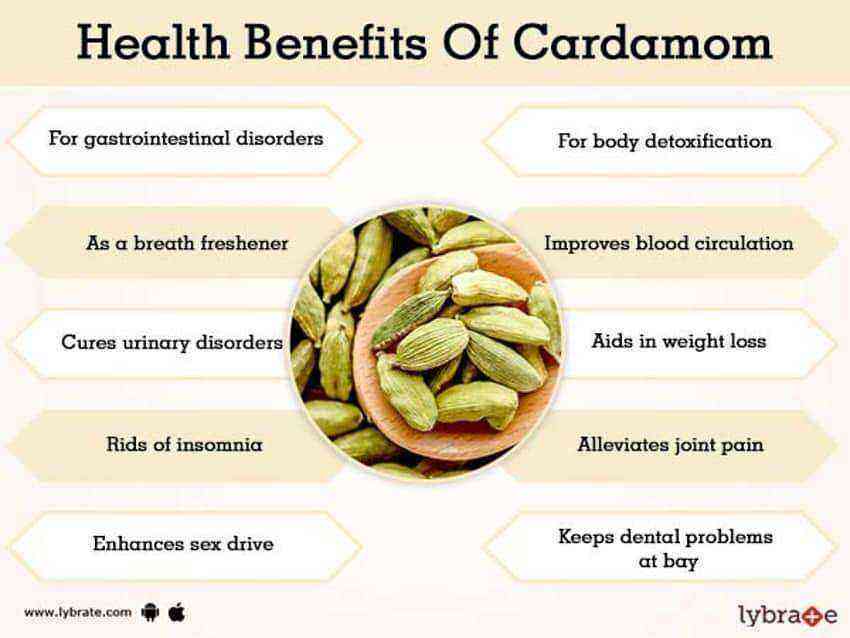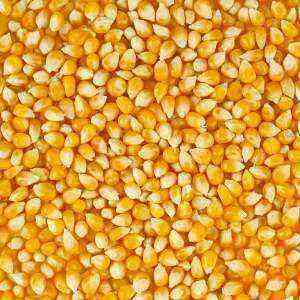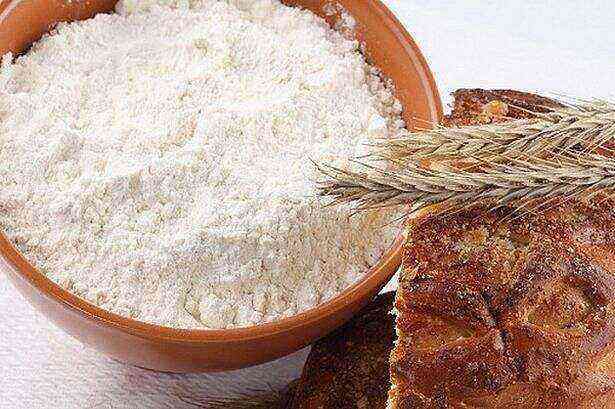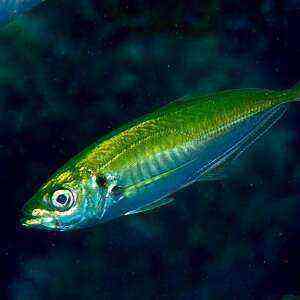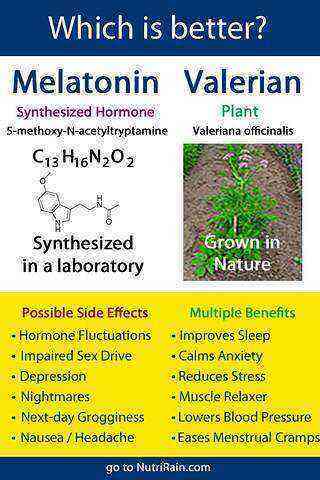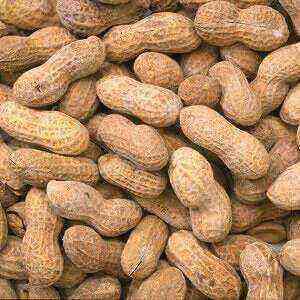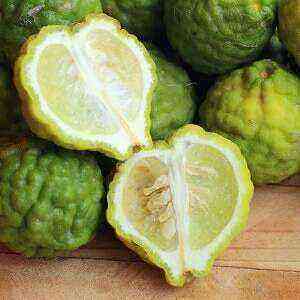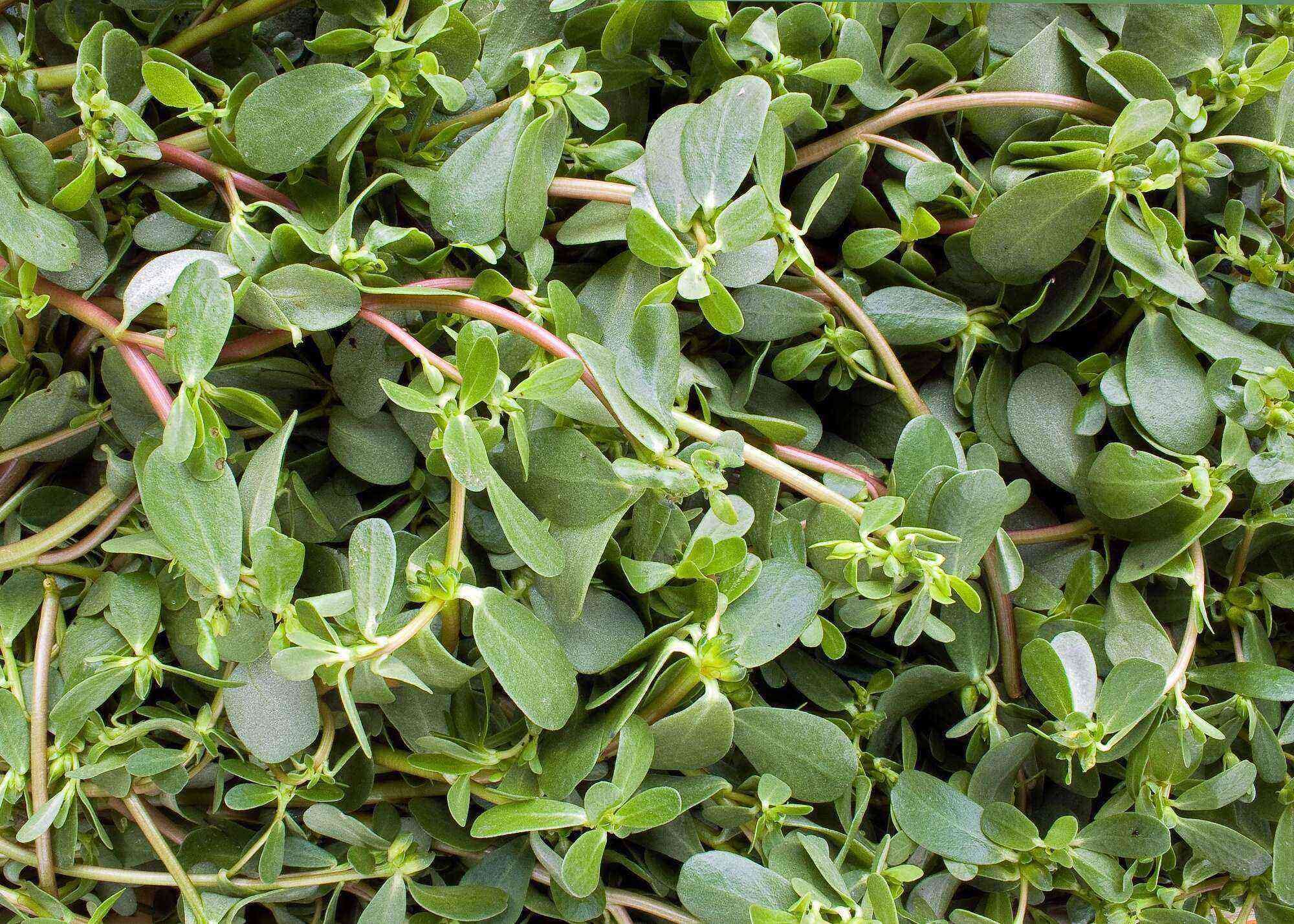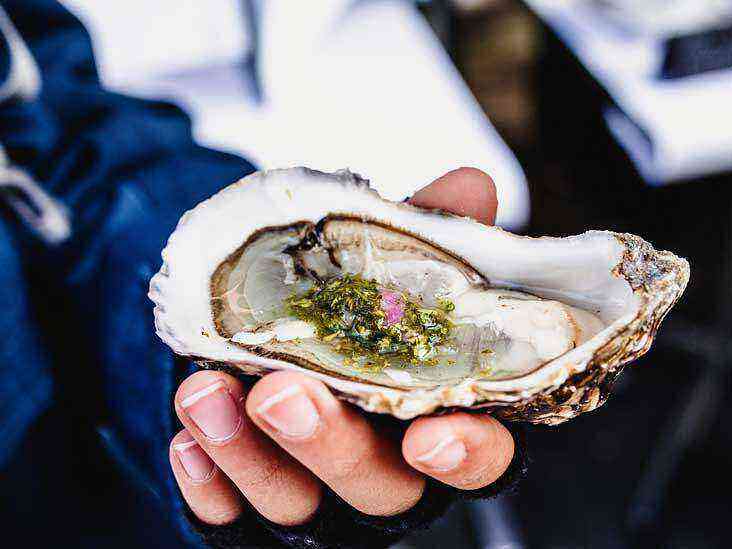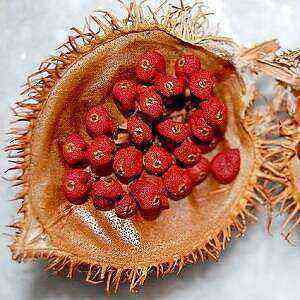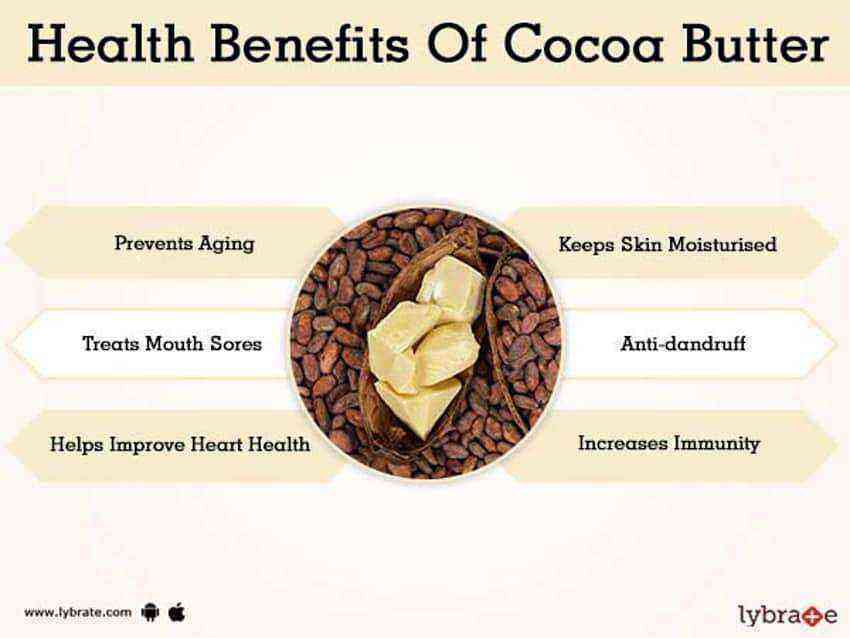In addition, the beneficial properties of mango are due to the presence of essential amino acids – those that the human body cannot produce on its own. The red-orange color of the fruit is caused by its high carotene content. Ripe mango contains 5 times more carotenoids than tangerines.
Of the minerals, it is worth noting phosphorus, calcium, iron, thanks to which the fruit can be considered a good hematopoietic product. It improves the quality of the blood and increases the level of hemoglobin in the blood. The mango peel contains a large amount of tannins, and the leaves of the plant also contain a powerful plant tranquilizer.
The fruit is an excellent immunomodulating product; has a tonic and tonic effect, saturates the body with vitamins, is a powerful antioxidant. Idian healers use mangoes to treat almost all diseases, including cancer.
Use in medicine and cooking
Green, unripe fruits of mango, mashed with honey and salt, are used to treat diarrhea, dyspepsia and dysentery, as well as for constipation and hemorrhoids. To prevent stagnation of bile and cleanse the body, Indians use a fruit with pepper and honey.
Due to the abundance of carotene in mango, it is used to prevent night blindness and a number of other ophthalmic diseases. A decoction of mango leaves is used to treat diabetes and lower blood sugar levels. Ripe fruit juice is used as an external remedy for ulcers and dermatitis.
In cooking, mangoes are most often used fresh as a dessert, as well as in fruit salads, cocktails, smoothies, juices and nectars. In oriental cuisines, it is often combined with meat dishes – it is believed that the fruit facilitates the digestion of heavy and fatty dishes.


